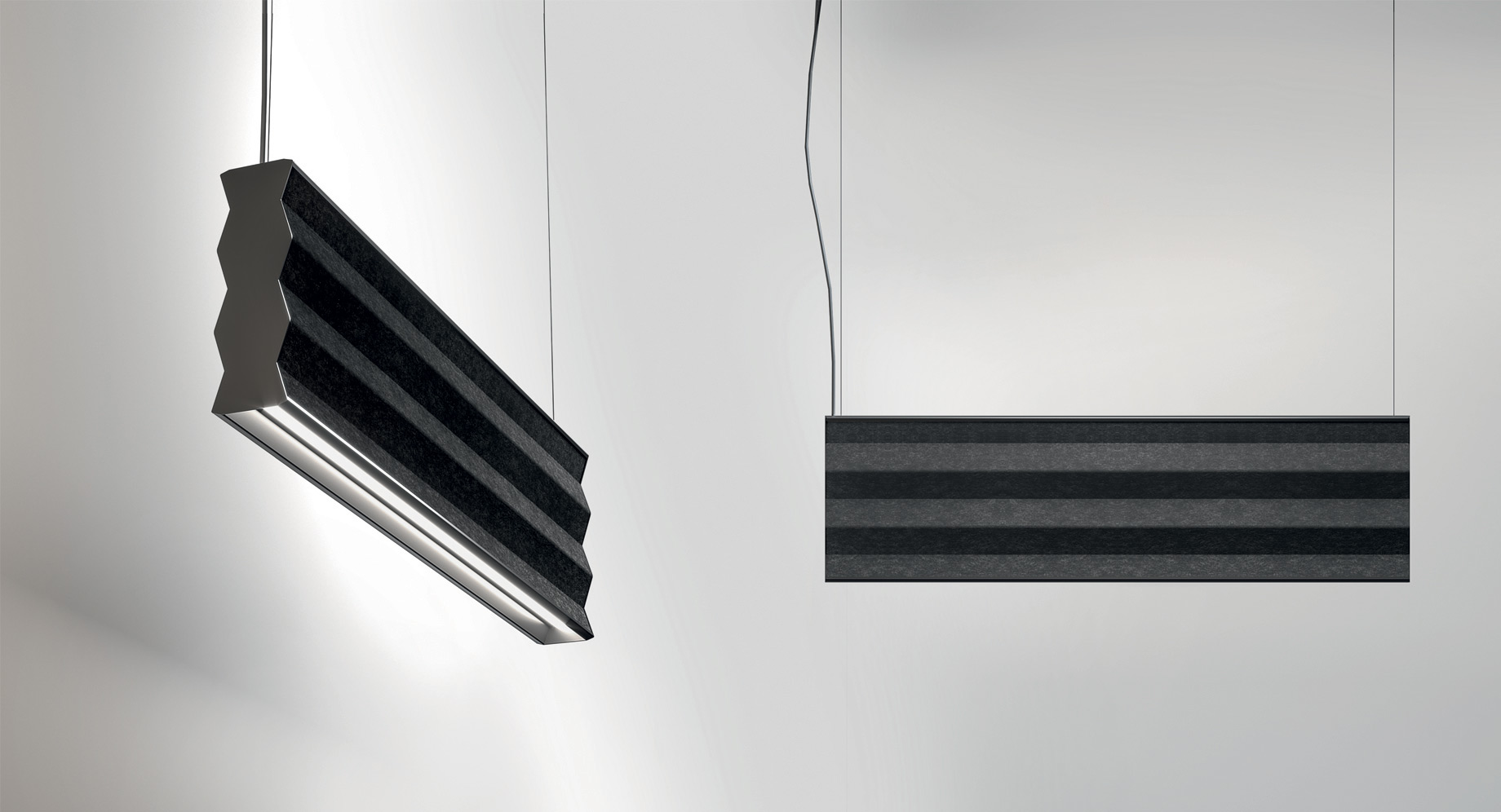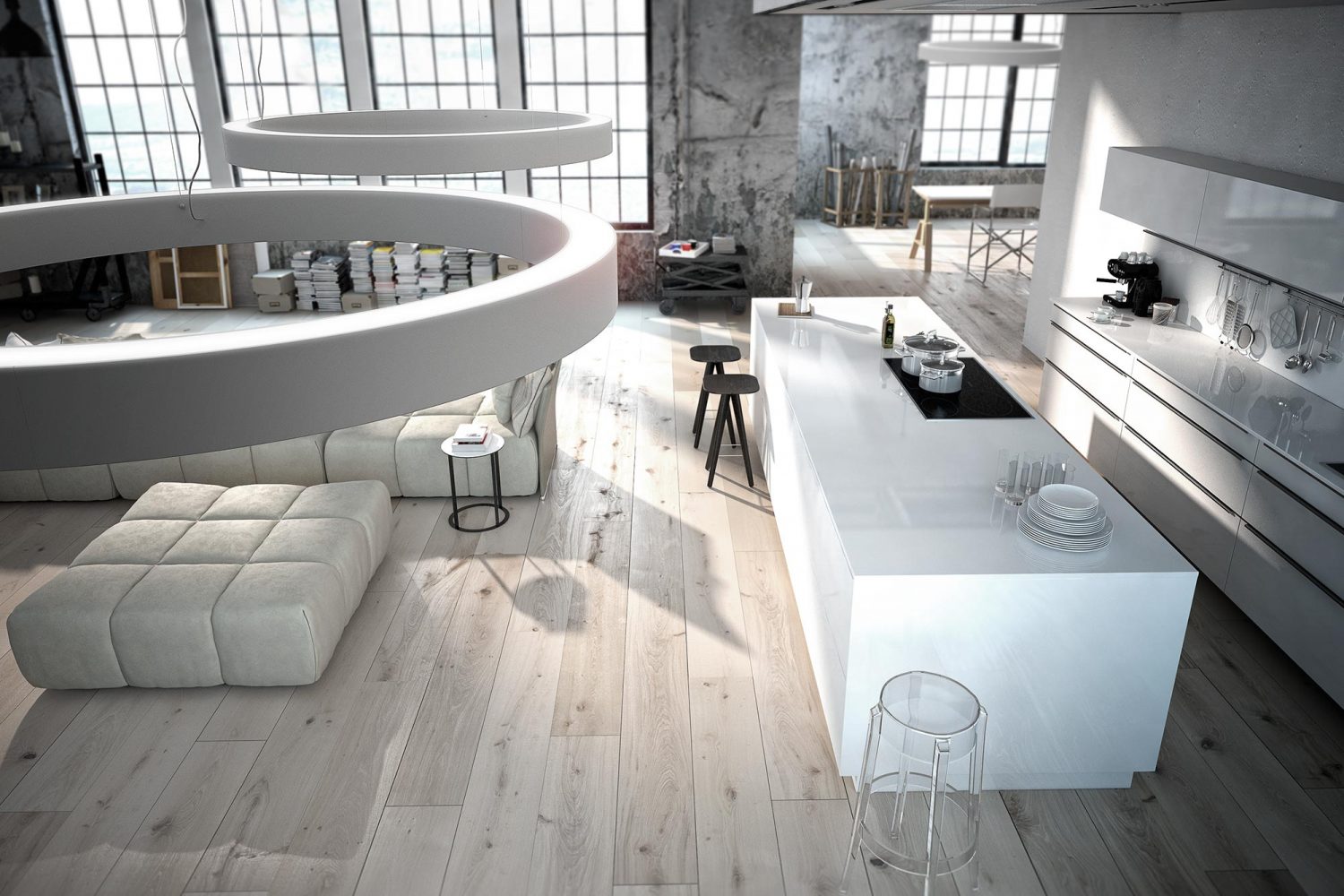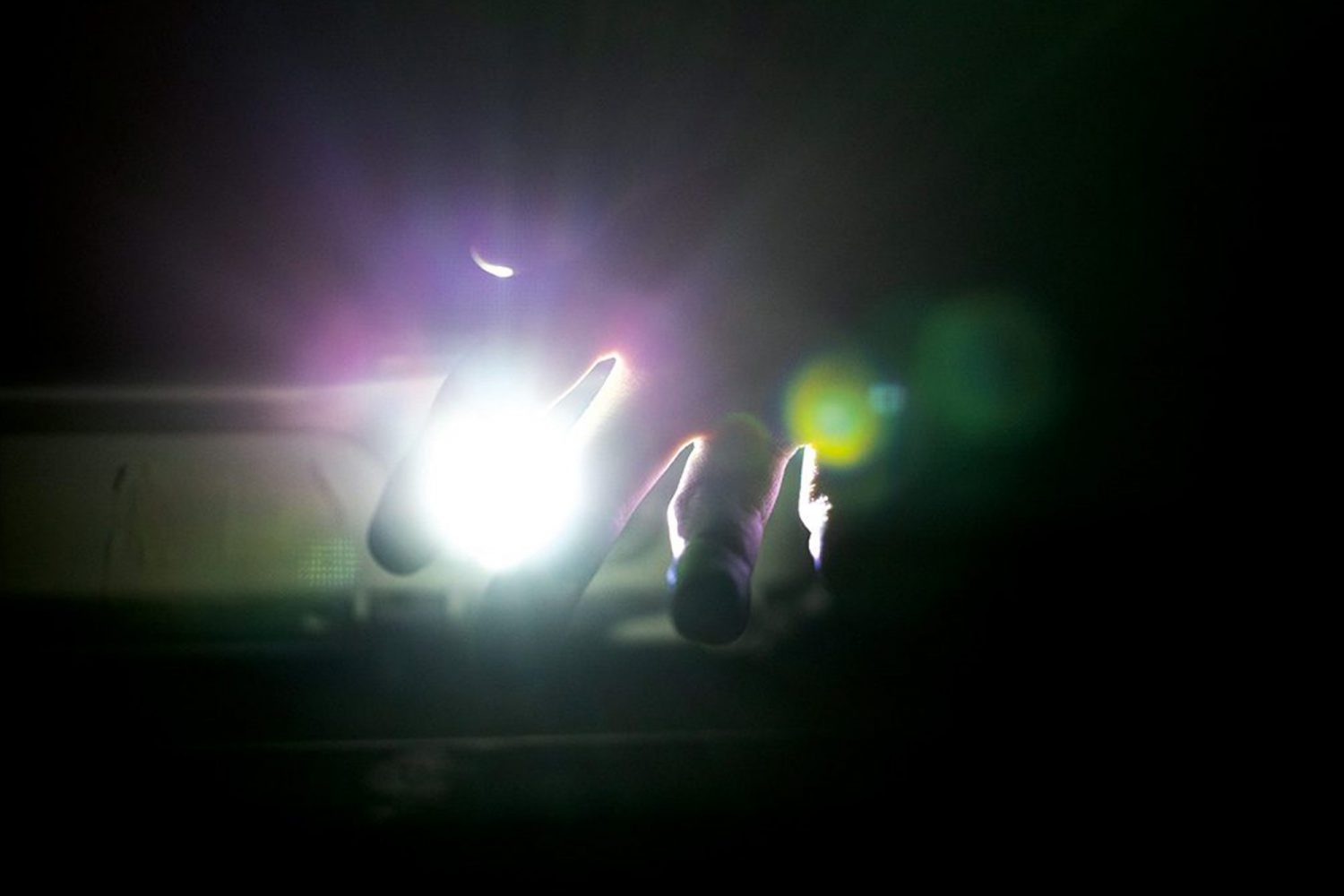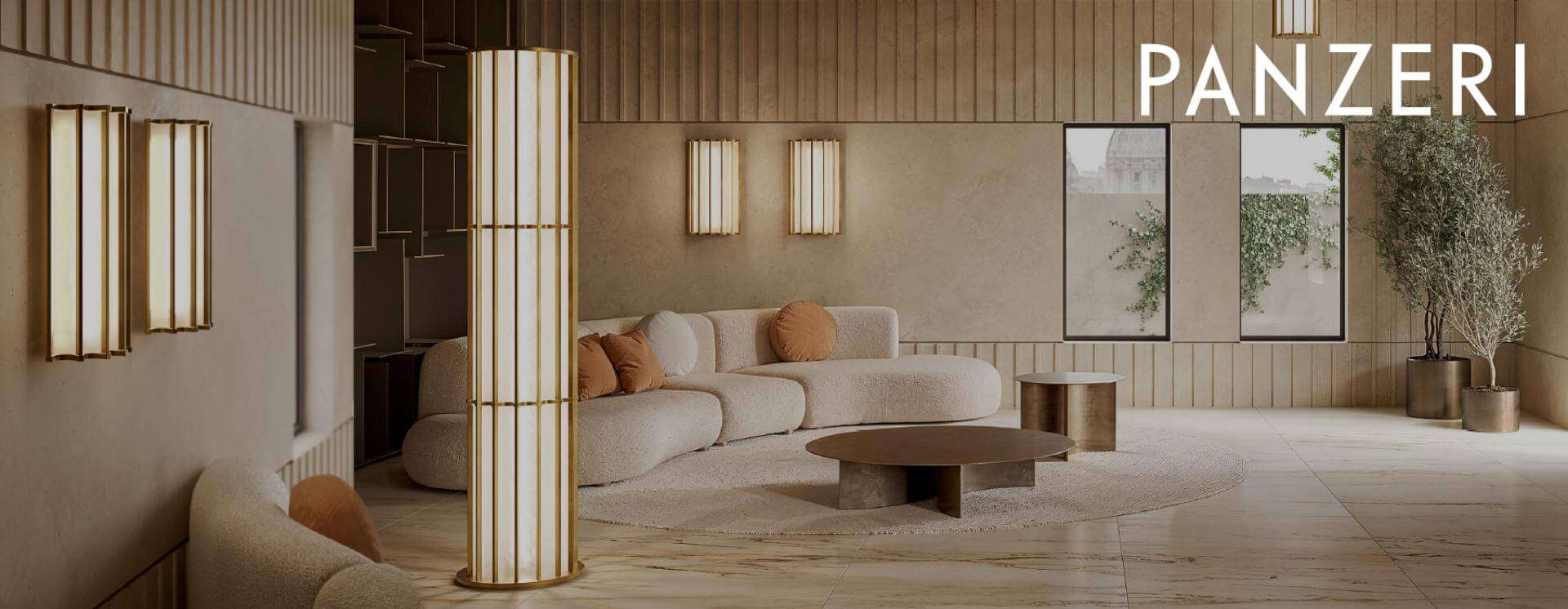
Acoustic Lighting for improved comfort and productivity
11/09/2019Open-plan offices continue to be a reference model, especially for tech start-ups and innovative companies. How can we make these environments comfortable?
It has taken 30 years to fully experience and understand open-plan work environments. From the initial enthusiasm for the democratizing influence we thought sharing space would bring, we have now moved on to considering its obvious disadvantages.
More than one study has shown that open-plan workplaces are noisy and negatively affect not just productivity but even people’s health. Noise is a source of stress and when it is constant throughout the workday, can have a great impact not just on people’s attention but also their wellbeing.
Nevertheless, this type of office layout continues to be a reference point in contemporary design, geared towards hyper-flexible use of spaces which consequently become increasingly “shared.” Considering a work environment’s acoustics from the onset is of fundamental importance in defining its design. When this does not happen, in the majority of cases it becomes a crucial process to intervene upon the existing structures in order to ensure high quality of life standards within these spaces.

WHY CHOOSE ACOUSTIC LIGHTING
All workplaces need lighting, so why not choose light fixtures which also have sound-absorbing properties?
This so-called “Acoustic Lighting” can greatly affect the quality of well-being in open-plan spaces. It can blend seamlessly with existing office design and can also be adapted for use not just in open-plan but also in the hybrid workspaces of tomorrow.
This type of lighting does not sacrifice aesthetics; on the contrary, it is versatile and its dual nature makes it more effective than other acoustic solutions. Sensory environments can be designed with light and sound levels expressly chosen for people’s well-being. Subject to less stress, their health, comfort, concentration and collaboration will improve.
THE STRENGTHS OF SOUND-ABSORBING LAMPS
The benefits of Acoustic Lighting make it a sage investment for designers and architects who design workspaces, and for anyone seeking to improve office culture in general.
– Cost effectiveness. Acoustic lighting provides effective sound control; in most cases no other resources are necessary.
– Space optimization. In open-plan environments, sound waves created by conversations between people are generated at head level and reverberate from the ceiling. Sound-absorbing solutions are more effective if positioned near their origin point and in their primary trajectory between desk and ceiling. By occupying this hitherto unused space, the sound-absorbing lamps have an optimal efficacy.
– Sustainably sourced materials. The acoustic panels used in present day lighting solutions are made of 100% recyclable material.
– Flexibility and versatility. Acoustic lighting is also effective in traditional private offices, meeting rooms, break rooms, and shared workspaces. Furthermore, the use of acoustic lighting does not mean sacrificing aesthetics in favor of practicality. These lighting fixtures are designed to adapt to a wide variety of color combinations and design trends.
– Enhances the efficacy of other solutions. The greater the surface area of the sound-absorbing material used in a room, the greater the reduction of the sound reverberation. Acoustic lamps offer better performance than ceiling or wall treatments of similar sizes and materials. Both the lampshade’s interior and exterior are often exposed in the lamp, thus doubling the functional area for sound absorption.

ZIG ZAG — BETWEEN COMFORT AND DESIGN
ZigZag is our first step into the world of Acoustic Lighting. It is a sound absorbing lamp designed and created with Australian designer Jason Bird of the Luxxbox studio.
Linear and elegant, ZigZag has a simple form. Its profile offers a surface area that maximizes acoustic performance, with angles which help reduce the direct reflection of sound waves.
Produced with 65% recycled content and itself 100% recyclable, the sound-absorbing material in PET allows an absorption of up to 70% of the reverberated sound with a reduction coefficient of NRC 0.7.
Visit the ZigZag page for all the lamp’s details.
Vous pourriez aussi aimer

Interior Design Contest: our kitchen lighting systems
Send your project to participate in the contest and you could win a trip to Italy.
En savoir plus

Video: Light and Shapes – A story by Panzeri and Matteo Thun
The video that invites change and simplicity, presenting the Firefly in the Sky and Tubino lamps.
En savoir plus
